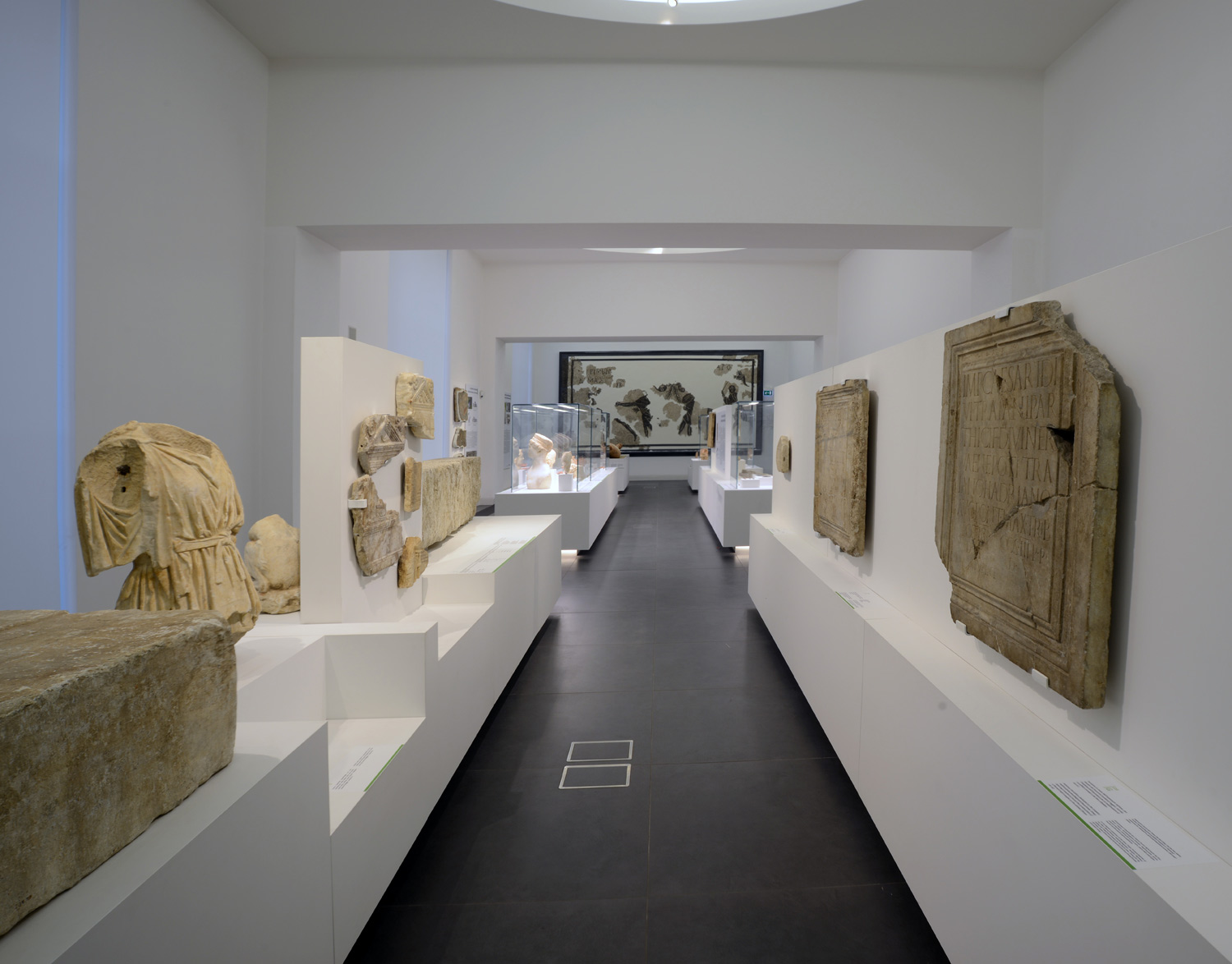Discovered in August 1972 by Stefano Mariottini in Riace (RC), the two magnificent bronze statues were recovered and quickly transported to the National Museum of Reggio Calabria, where they underwent an initial restoration that permitted the elimination of the layers of concretized sand. Then new restorations followed in Florence and again in Reggio.
There are many assumptions about its identification: it still has not been established with absolute certainty if the pair of statues was, from the beginning, a single group, or if their juxtaposition had occurred during transport over the sea. Identification is also quite uncertain and debated: were they athletes, heroes (such as Agamemnon and Ajax, Mirone and Alcamene, Achilles and Patroclus, Tydeus and Amphiaraus), or deities (Castor and Pollux)?
The study of the lands of fusion allowed the recognition of the Greek origin of the two statues — respectively, Attica and Argolis. They have almost the same height (Bronze A: 1.98 m, Bronze B: 1.99 m), the same nudity – emblem of the divine or heroic status – and posture (the right leg is held, the left is bent). Originally they were accompanied by arms: helmet, coat of arms (supported by the bent left arm) and a lance (held by the lowered right hand). Anatomical details are represented with extreme precision (the veins and arteries emerge from the epidermis) and the powerful musculature radiates strength and perfection. The eyes are in white calcite, with iris in glass paste and caruncle teardrop in pink stone; lips, eyelashes, and nipples are made of copper, while the teeth are made of silver paper. Both are produced using the “lost wax casting” technique.
Bronze A has worked hair finished at the top, and a thick and abundant beard, with their locks individually modelled; on the front it has a band that encompasses the curls and enhances the hairstyle. Bronze B has a smooth head, warped upwards to better accommodate the Corinthian helmet raised above his head to reveal the face.
While dating for the Riace Bronzes is controversial. They certainly represent two masterpieces of the bronzes of the fifth century BC.
During the course of 1969, some fishermen from Villa San Giovanni found a small underwater archaeological site in the waters of the Bay of Porticello. The systematic underwater excavations began in 1970 and brought important news about the structure of the wreck and its cargo, sunk between the end of the 5th and the beginning of the 4th century AD. The remains of wooden hull that can be retrieved are scarce, but enough to recognize the manufacturing technique of the boat, which was initially measured about 20 meters long; it also had to be equipped with several lead anchors, and the helmet had separate bars and against plaques covered with bronze elements. The pottery that was found, one part was used as equipment by the crew (achromic and black paint ceramic), and the other part made up the cargo of the ship. Attic pottery and amphorae contained food. A characteristic element of the cargo was small ink, which was rare in ancient times.
Among the treasures found in the shipwreck of Porticello are fragments of bronze statues, attributable to nude male figures, perhaps athletes, and other fragments probably related to a life-size male figure, dressed in a long draped robe, whose bearded head has remained intact. There are no elements that allow the nature of the image known today as the Head of a Philosopher to be identified with certainty, who might also be a scholar or a thinker. The face has very marked features, small eyes, and a thick mustache; the beard is very long and its locks are worked separately, as well as the curls of the hair.
From the same site comes the Head of Basel, characterized by a thick beard and a band between the curls of the hair. It can be dated to the middle of the fifth century BC.



















